Instructional Design Basics: 3 Types of Cognitive Load & How They Affect Learning and Learning Design
Convergence Training
SEPTEMBER 20, 2020
In this Instructional Design Basics article, we’re going to look at the issue of cognitive load. Download our FREE Guide to Writing Learning Objectives. Our brain actively filters out most of those external stimuli so we’re not overwhelmed by all of it. What Is Cognitive Load? Some cognitive load is good.

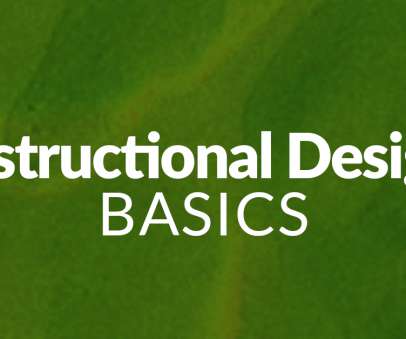



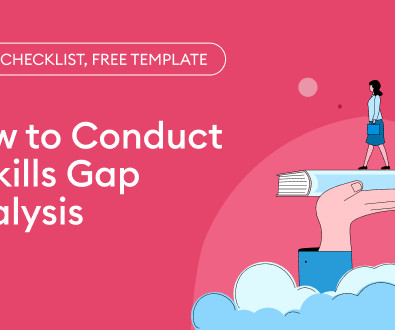



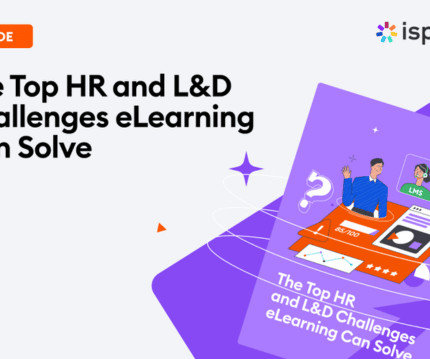


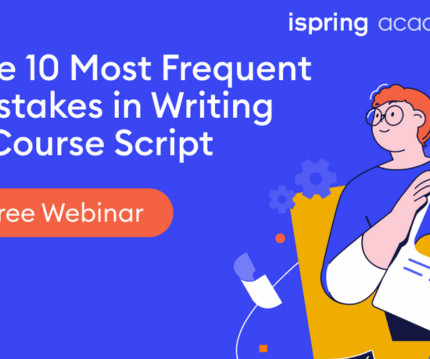
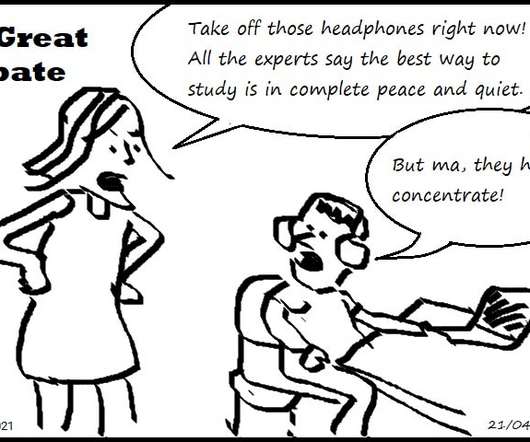
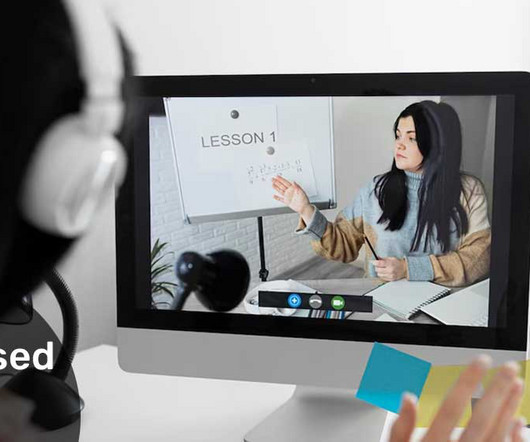


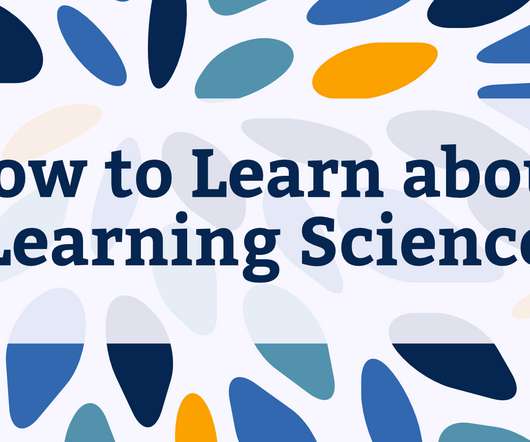


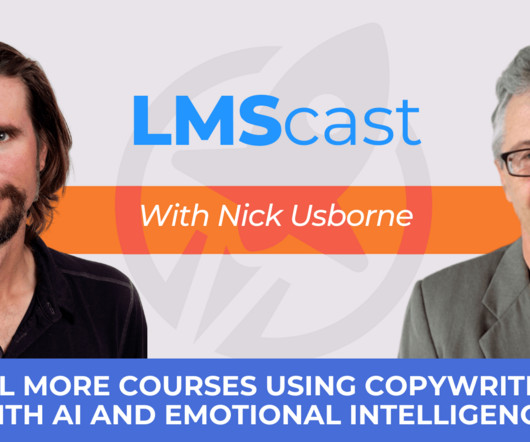
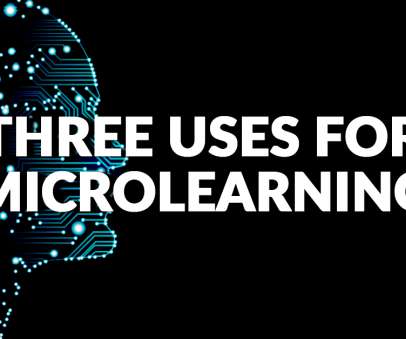








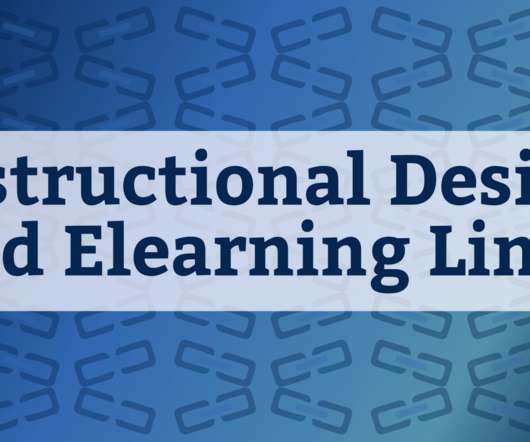



















Let's personalize your content